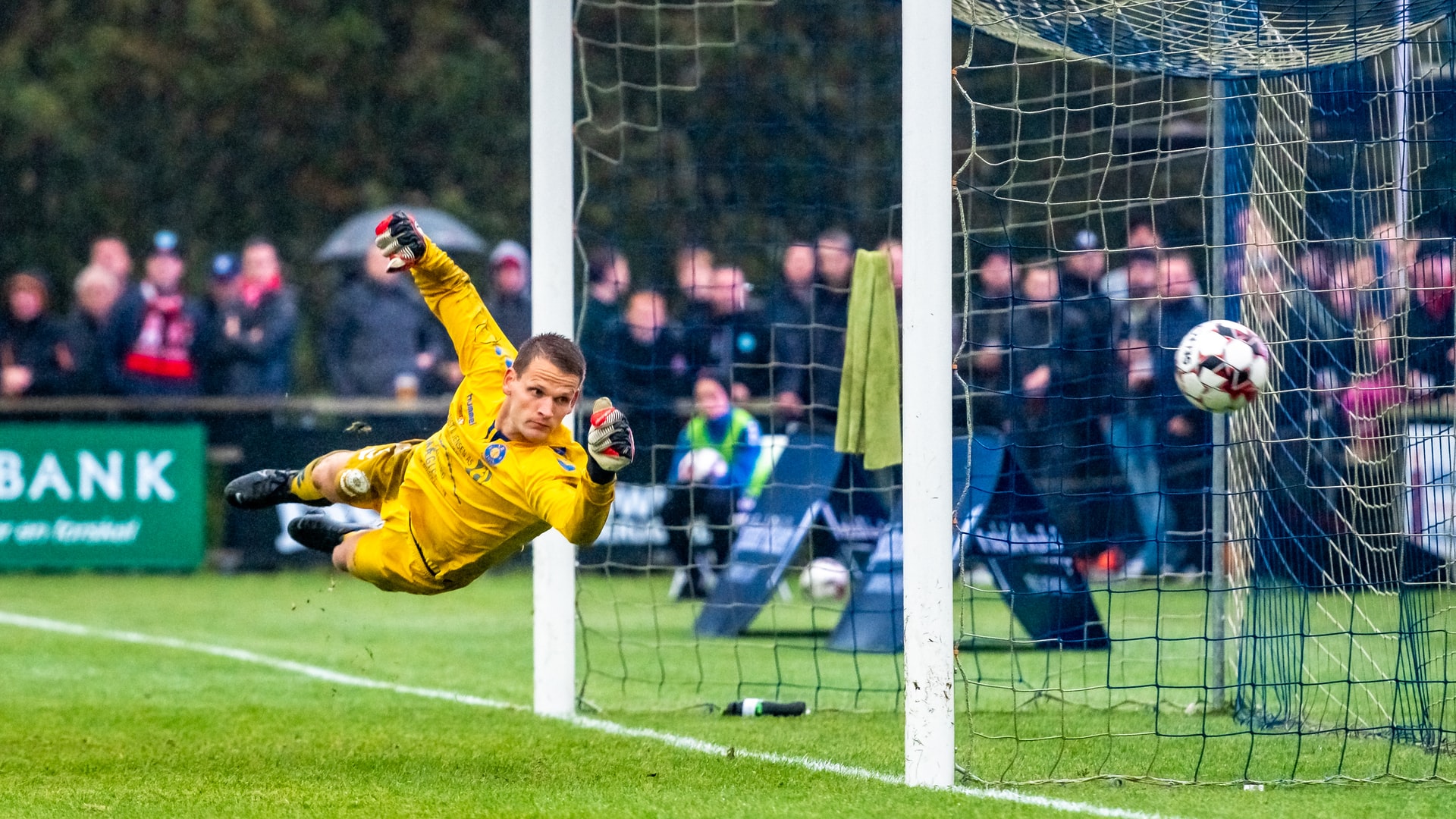
he improvement of current football was intently attached to cycles of industrialization and urbanization in Victorian Britain. The vast majority of the new average occupants of Britain’s modern towns and urban communities bit by bit lost their old rural diversions, for example, badger-teasing, and looked for new types of aggregate relaxation. From the 1850s forward, mechanical laborers were progressively liable to have Saturday evenings off work, thus many went to the new round of football to watch or to play. Key metropolitan foundations like places of worship, worker’s guilds, and schools coordinated average young men and men into sporting football crews. Rising grown-up education prodded press inclusion of coordinated games, while transport frameworks, for example, the rail routes or metropolitan cable cars empowered players and onlookers to venture out to football match-ups. Normal participation in England rose from 4,600 out of 1888 to 7,900 out of 1895, ascending to 13,200 out of 1905 and arriving at 23,100 at the flare-up of World War I. Football’s prevalence disintegrated public premium in different games, strikingly cricket.
Driving clubs, remarkably those in Lancashire, begun charging admission to observers as right on time as the 1870s thus, in spite of the FA’s awkwardness rule, were in a situation to pay illegal wages to pull in exceptionally gifted average players, a significant number of them hailing from Scotland. Common players and northern English clubs looked for an expert framework that would give, partially, some monetary compensation to cover their “broken time” (time lost from their other work) and the danger of injury. The FA remained resolutely elitist in supporting an approach of crudeness that secured upper and upper-working class impact over the game.
The issue of polished skill arrived at an emergency in England in 1884, when the FA removed two clubs for utilizing proficient players. In any case, the installment of players had gotten so ordinary by then that the FA had little alternative yet to authorize the training a year later, notwithstanding starting endeavors to limit demonstrable skill to repayments for broken time. The outcome was that northern clubs, with their enormous ally bases and ability to pull in better players, came to unmistakable quality. As the impact of average players rose in football, the high societies took shelter in different games, outstandingly cricket and rugby association. Polished methodology likewise started further modernization of the game through the foundation of the Football League, which permitted the main dozen groups from the North and Midlands to contend efficiently against one another from 1888 ahead. A lower, second division was presented in 1893, and the absolute number of groups expanded to 28. The Irish and Scots framed groups in 1890. The Southern League started in 1894 yet was consumed by the Football League in 1920. However football didn’t turn into a significant benefit making business during this period. Proficient clubs became restricted responsibility organizations principally to get land for steady improvement of arena offices. Most clubs in England were possessed and constrained by financial specialists however investors got extremely low, assuming any, profits; their principle reward was an upgraded public status through running the nearby club.
Later public classes abroad followed the British model, which included group titles, in any event one yearly cup rivalry, and a chain of command of associations that sent clubs completing most elevated in the tables (standings) up to the following higher division (advancement) and clubs at the base down to the following lower division (assignment). A group was framed in the Netherlands in 1889, yet polished methodology showed up just in 1954. Germany finished its first public title season in 1903, however the Bundesliga, an extensive and completely proficient public alliance, didn’t advance until 60 years after the fact. In France, where the game was presented during the 1870s, an expert alliance didn’t start until 1932, not long after demonstrable skill had been embraced in the South American nations of Argentina and Brazil.